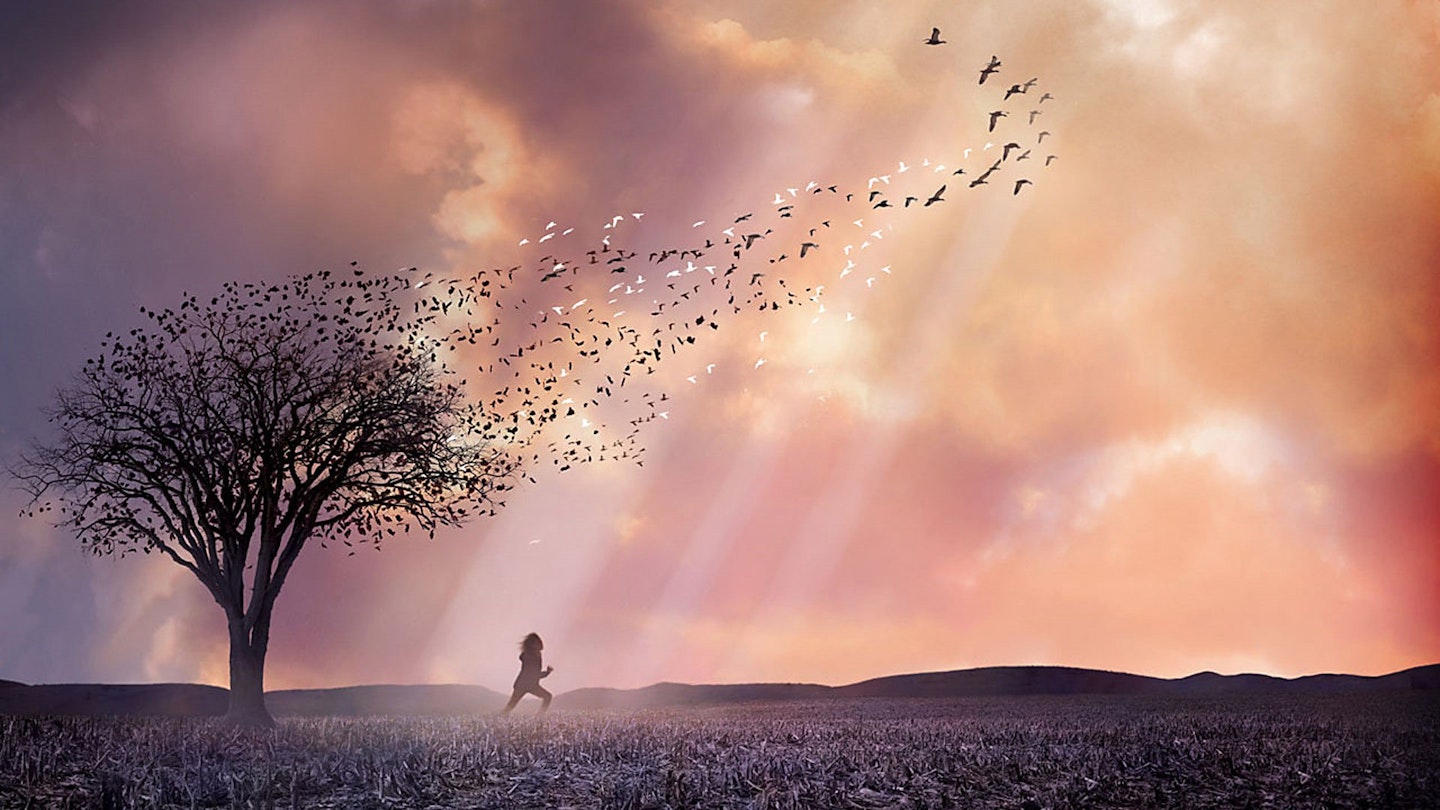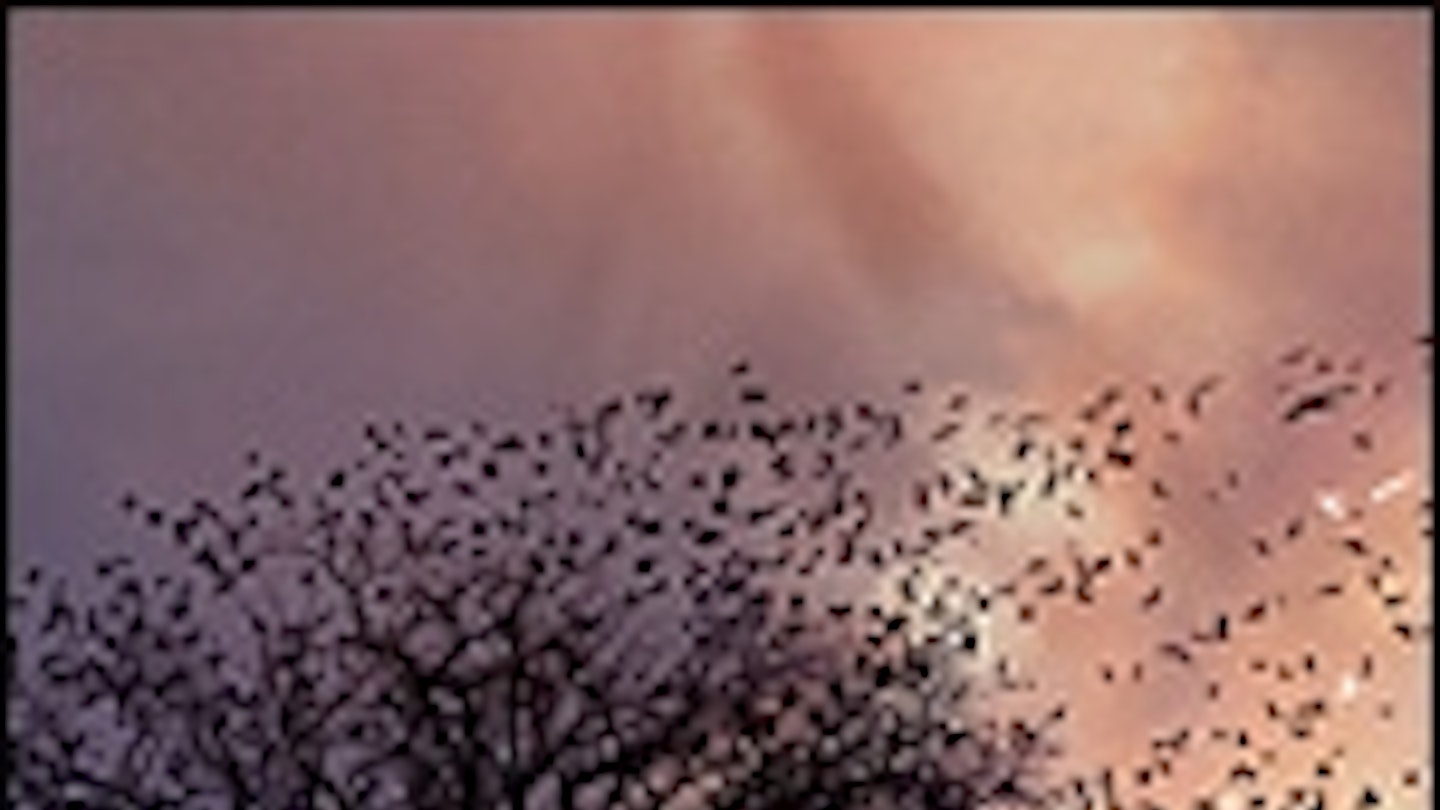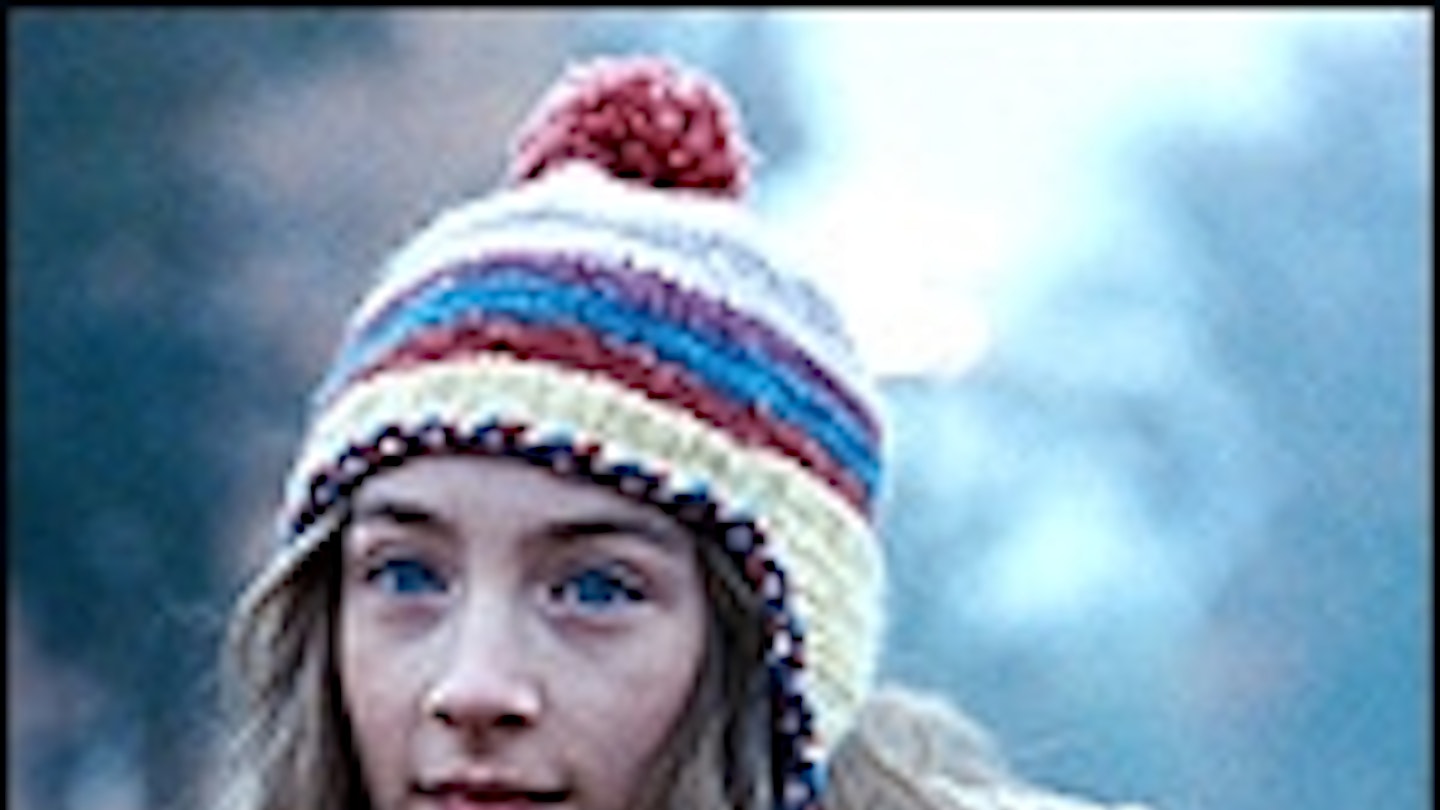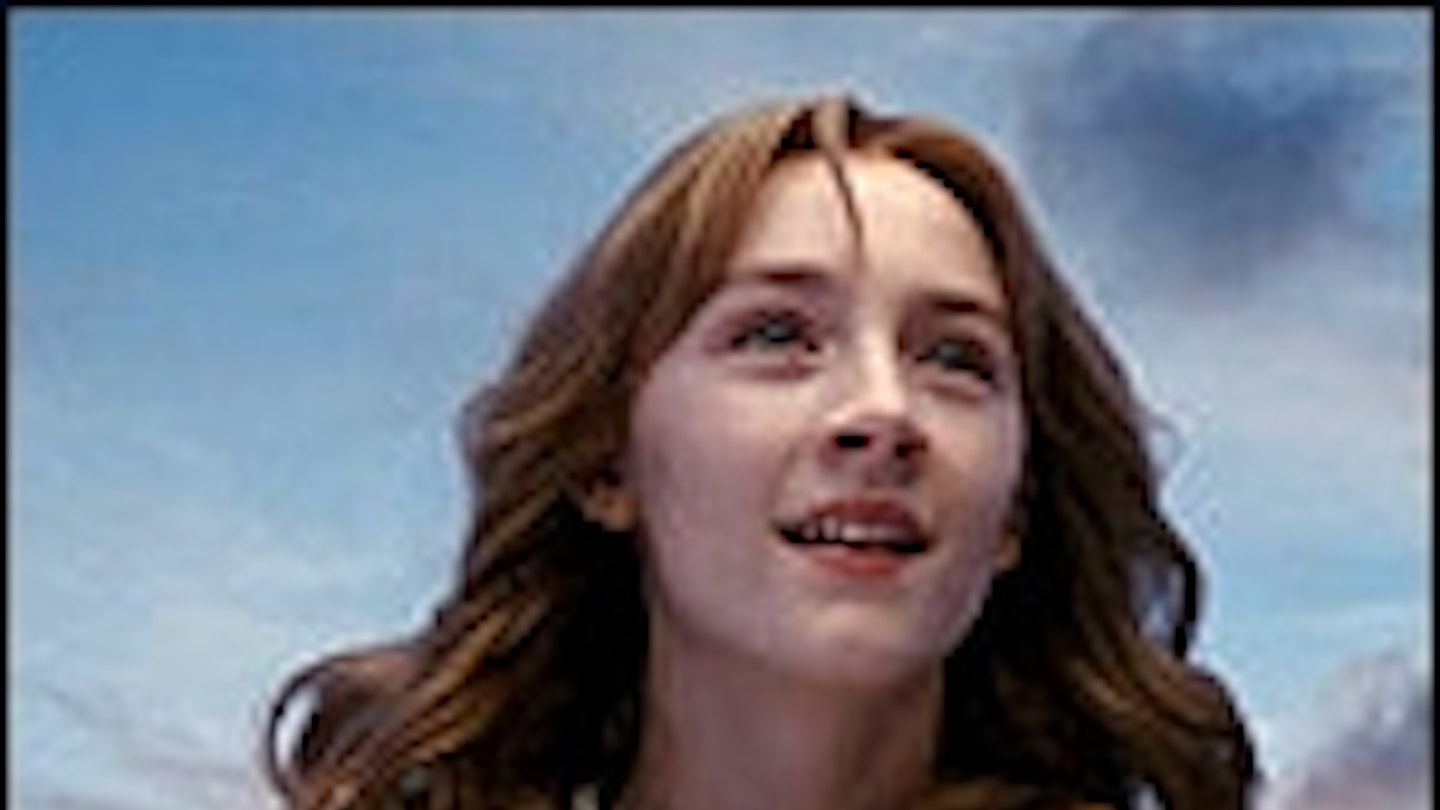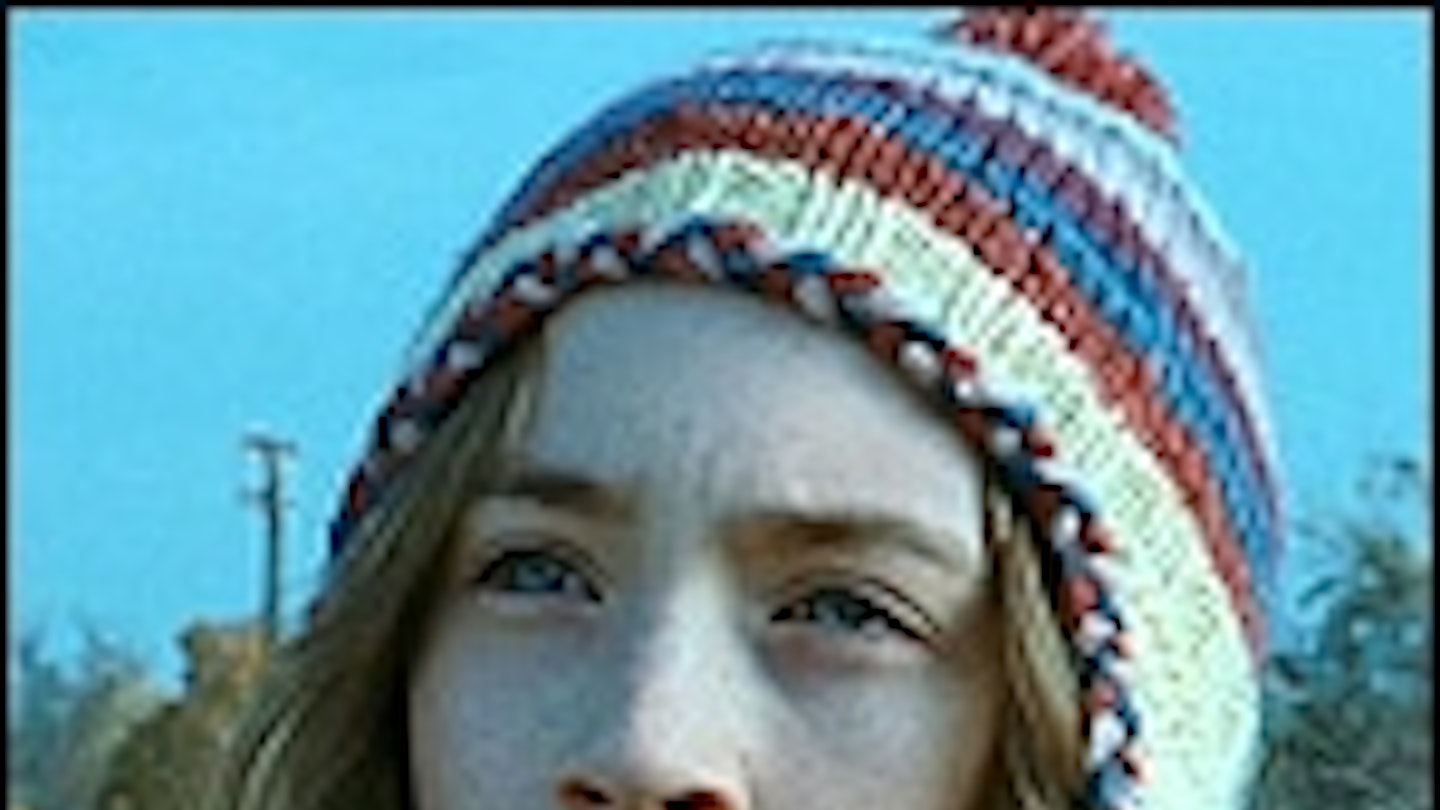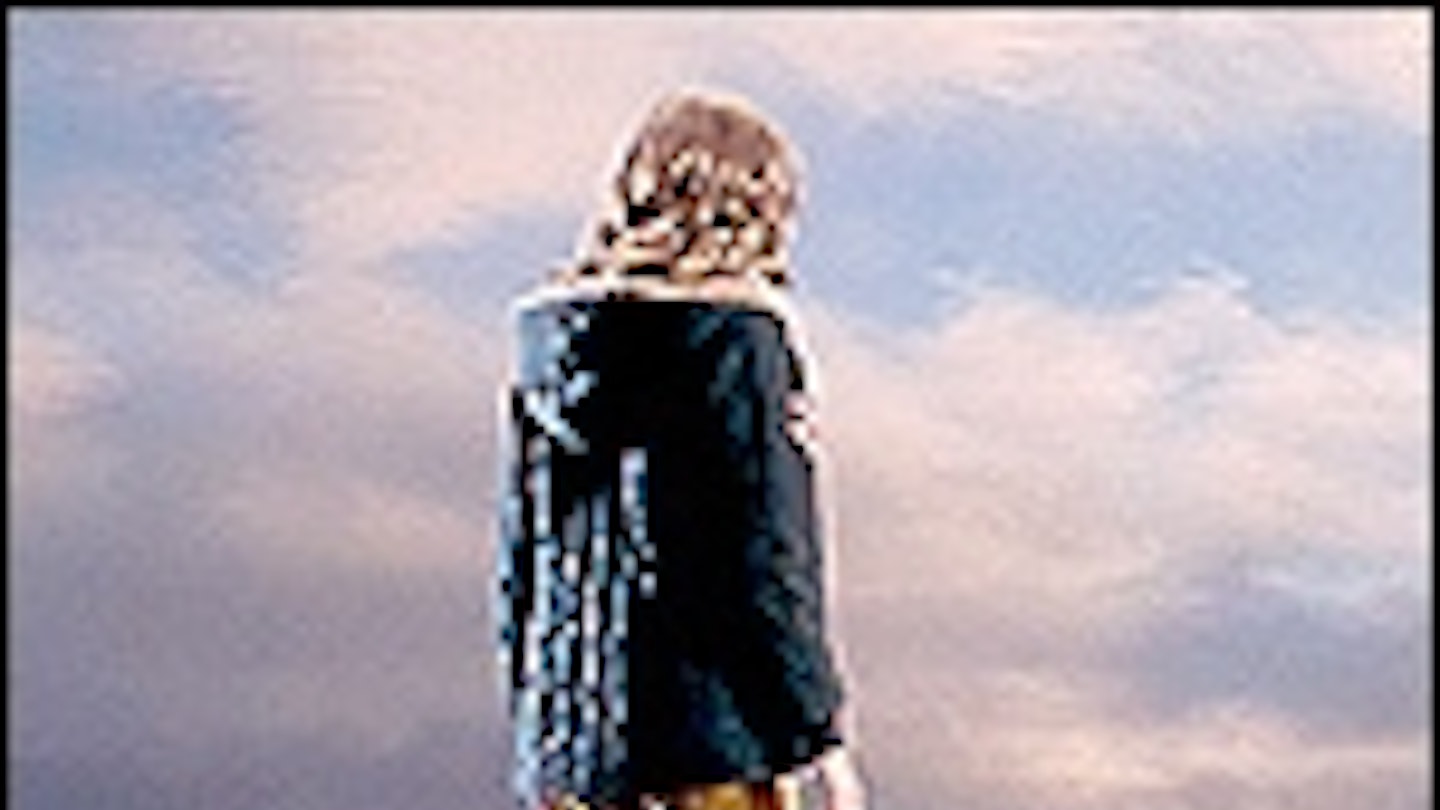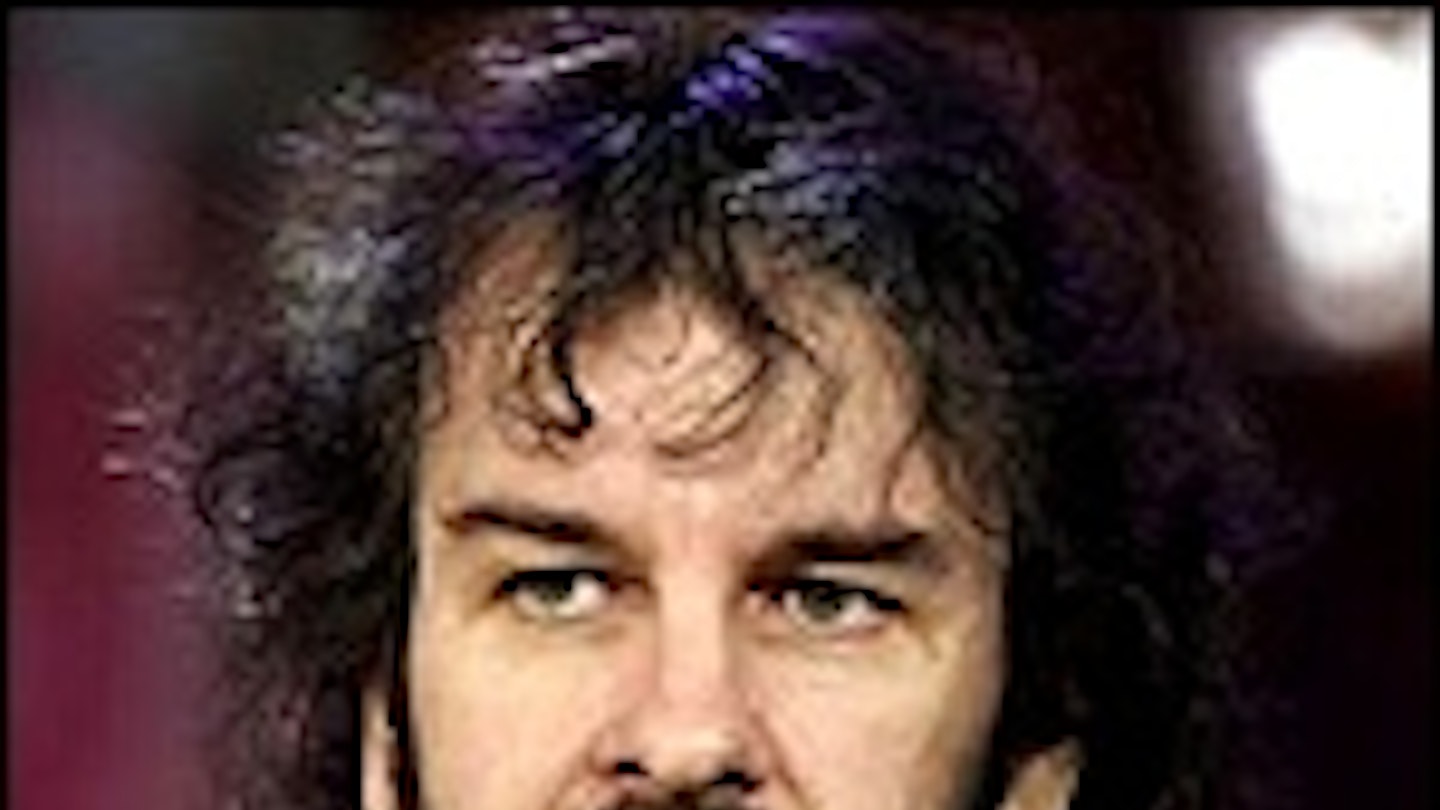The Lovely Bones, Peter Jackson’s adaptation of Alice Sebold’s surprising best seller, is at least five films in one and therefore the perfect film for these credit crunch times. Over its 135 minute running time — it carries this load lightly — Jackson manages to squeeze in a touching teen romance, a gripping portrait of a serial killer, a family falling apart drama, an expressionistic after-life fantasy, a police procedural flick and, in one gripping set-piece, a fantastic retread of Rear Window. Jackson may not keep all these multiple plates spinning successfully, but this is bold, daring original filmmaking, with arguably more emotional and intellectual meat to chew on than either the Rings trilogy or Kong.
The Lovely Bones, both book and film, opens with a close-up image of a snowman trapped in a snow globe. The image reverberates around the entire movie. From Susie Salmon sitting on her heavenly gazebo narrating her own life following her brutal murder, to her father Jack (Wahlberg, good hair) building intricate model ships inside delicate bottles to her mother Abigail (Weisz) keeping Susie’s room in pristine untouched condition to her killer George Harvey (a terrific, meticulous, barely recognisable Tucci) carefully tending to his miniature doll house, these are characters looking to build ideal worlds but who eventually become ensnared by them, unable to move on, tethered by their pain. If this makes Lovely Bones sound like a draining downer, it shouldn’t: it is poignant, gripping, emotionally alive (but never sentimental) and gorgeous. All this from the man who brought you Meet The Feebles.
With its heady teen protagonist and themes of murder intertwined with the fantastical, on paper this felt like Jackson returning to the intimate, small-scale milieu of Heavenly Creatures (the fascination with the afterlife connecting with the real world also touches base with Jackson’s forgotten flick The Frighteners). Eschewing Sebold’s almost comic vision of the afterlife as a kitsch heavenly high school, Jackson’s vision of “the in-between”, a holding pen between Earth and Heaven, is a cornucopia of digitally enhanced vistas, flower iconography, quickly shifting landscapes and startling memorable images: a horrific bathroom vignette, a fleet of ships in bottles bobbing on a sea, a gazebo planted firmly in the middle of a midnight lake with the moon as a clock. Occasionally it strays deep into Rainbow Brite territory but perhaps that’s the point. Accompanied by Brian Eno’s lovely ambient noodlings, this is Jackson seeing and feeling purgatory through a 14 year-old’s subconscious, a 48 year-old man fluent in the language of ‘70s tween dreams.
But the best stuff doesn’t have a single pixel in it, meaning the afterlife segments eventually feel like stop-gaps. A heart-stopping piece of detective work by Susie’s sister Lindsay (Rose McIver who grows in stature throughout the film) is brilliant suspense cinema. The first half an hour is terrific stuff, sketching Susie’s life — all Partridge Family posters, Snoopy pendants and dreams of being a photographer — in the warm, faded tones of a ‘70s photograph. There is a lovely discussion between Susie and her boozy grandmother — Susan Sarandon in comic relief mode — about the thrill of first kisses and Susie’s subsequent crush on English hunk Ray is movingly etched, further enhancing the heartbreak of her life cut short. Saoirse Ronan may be the nemesis of spell check but she is emerging as a Jodie Foster for the noughties, making Susie spirited, smart, intense and adorable.
Sebold purists may carp that Jackson soft peddles the pivotal act of murder but, while he is not graphic, Jackson nails the emotional violence through both Harvey’s quiet insistence and telling images of creepy antique toys. Despite strong performances and moments from Wahlberg and Weisz, the movie doesn’t do full justice to the crumbling relationship of Susie’s parents — it occasionally feels glossed over, hinting at things but never paying them off. If that means there is a Director’s Cut on the way, then all the better. Spending more time in Susie Salmon’s sometimes harrowing, sometimes beautiful, always compelling world is something to rejoice in.
